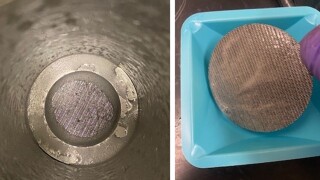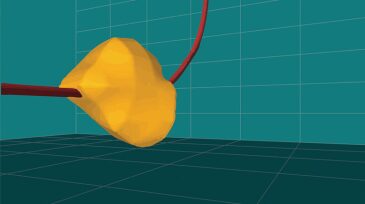Fracturing/pressure pumping
Technology developers expect the tight-oil industry to give lightweight proppants another look after the Permian Basin’s biggest operator becomes an adopter.
In this third work in a series, the authors conduct transfer-learning validation with a robust real-field data set for hydraulic fracturing design.
This paper describes development of a high-temperature water-based reservoir drill-in fluid using a novel synthetic polymer and customized with optimal chemical concentrations and sized calcium carbonate.
-
One of the biggest ways to lower the cost of production from shale would be to identify zones that are productive, or not, before fracturing them.
-
Two places that illustrate the mounting challenges facing the shale business are the Bakken Shale in North Dakota, where the number of working rigs is one-third what it was a year ago, and the Fayetteville Shale in Arkansas, where there are no more working rigs.
-
What is observed when an unconventional well is fractured is often at odds with what was expected by those who planned the job.
-
When it comes to hydraulic fracturing, steadiness may not be a virtue. That was the conclusion of a test to see if rapid pump rate variations would lead to greater production than conventionally fractured stages when the pressure was held steady.
-
A refracturing campaign in the Permian yielded a production gain that allowed payback on the investment within 6–12 months.
-
The integration of microseismic data with 3D seismic attributes, and well log and completions data is used to understand geomechanical rock properties.
-
Understanding how much rock is being stimulated and propped is critical for unconventional producers. New imaging methods using electromagnetic energy or acoustic microemitters could represent a milestone in understanding what is left behind after fracturing.
-
A new proppant exhibits a neutrally wet surface, which does not have a preferential affinity for oil, gas, or water and therefore will not promote the preferential entrapment of any phase within the proppant pack.
-
Hydraulic fracturing exerts transient geomechanical forces near the wellbore, enabling a brief time interval in which a second hydraulic fracture can be created in a different direction.
-
The oil-economy downturn will not affect the areas where research, development, and application of novel technologies are absolutely necessary for the commercialization of hydrocarbon.













